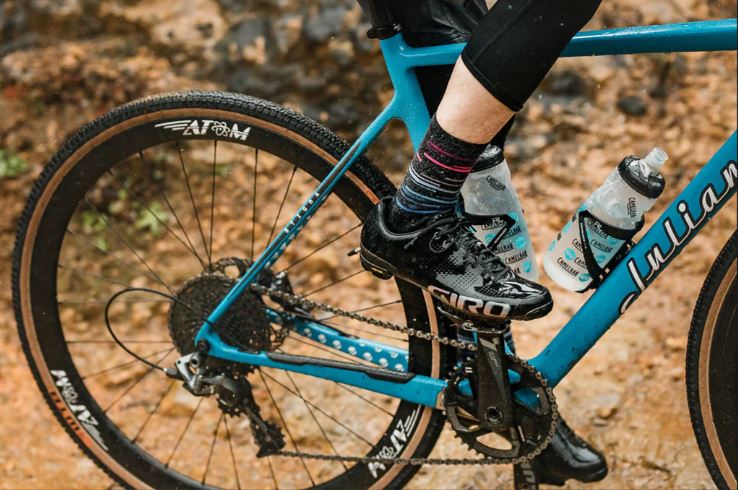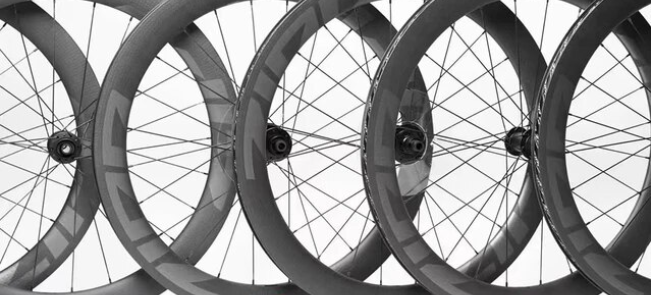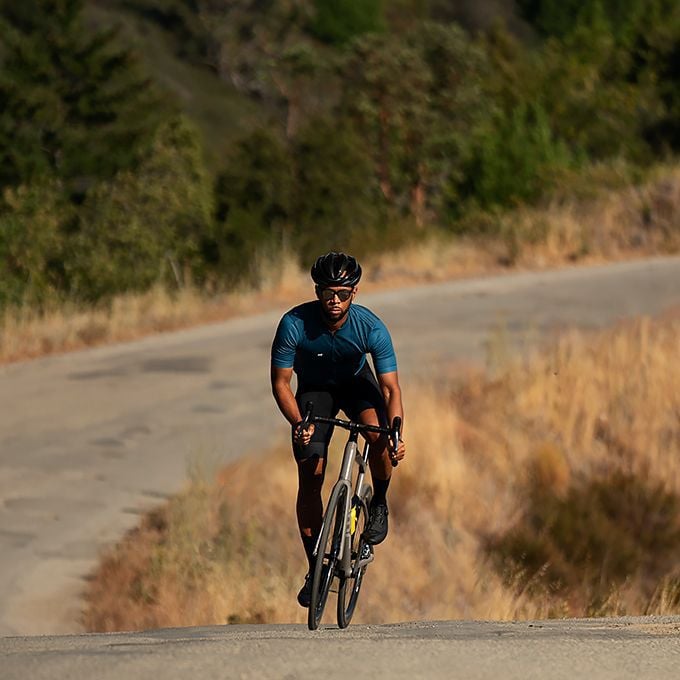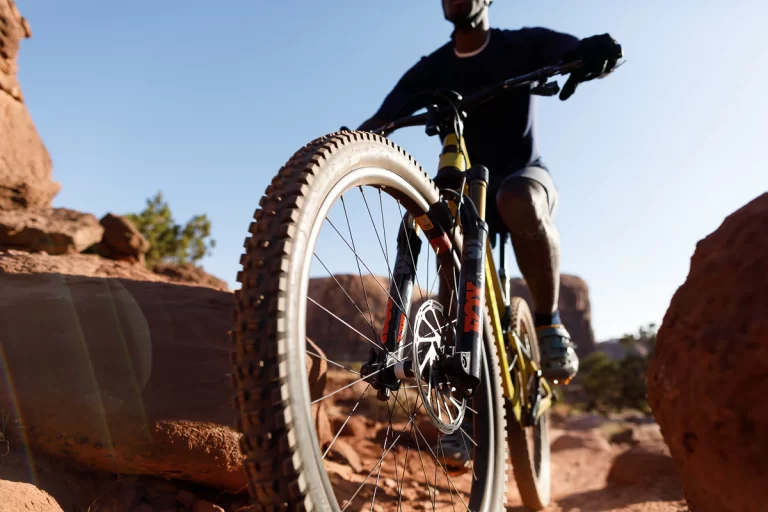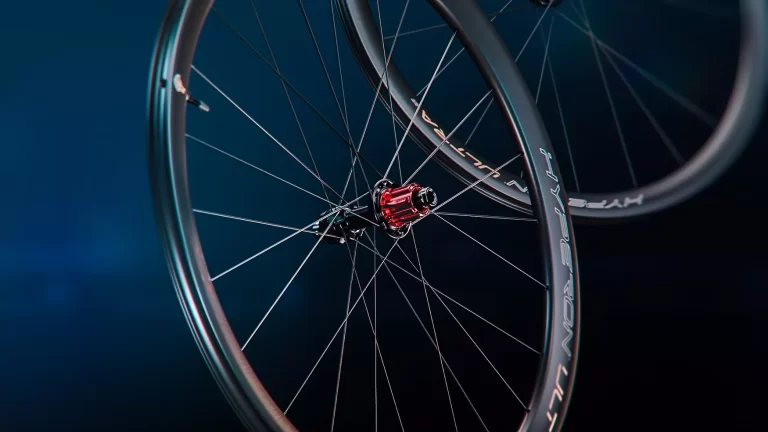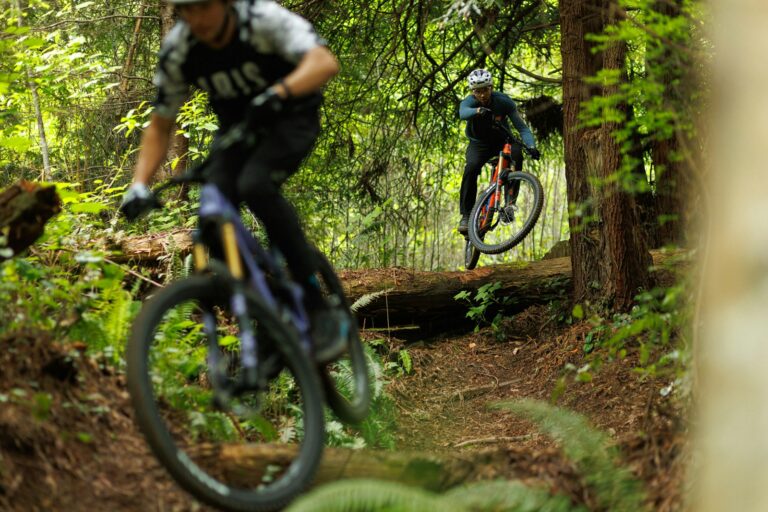Understanding Gravel Bike Wheel Sizes: Elevating Your Gravel Biking Experience
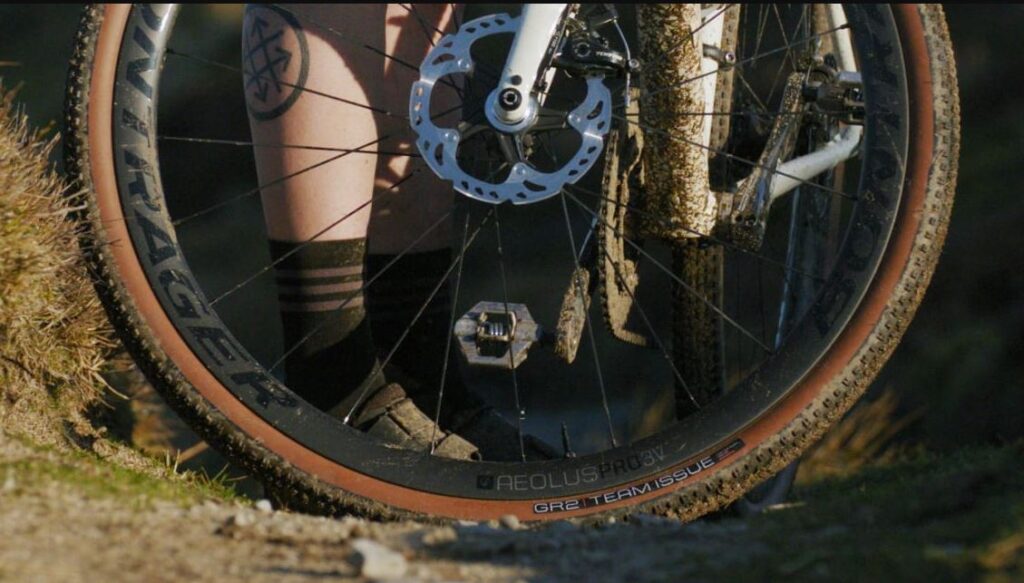
Key Point Summary of Understanding Gravel Bike Wheel Sizes:
- Gravel Bike Wheel Sizes: The primary sizes are 700c and 650b, each offering distinct advantages depending on your riding style and terrain.
- 700c Wheels: Traditionally used for road and cyclocross bikes, offering faster rolling speeds and better obstacle rollover.
- 650b Wheels: Provide a plusher ride with increased traction and stability, ideal for technical off-road conditions.
- Choosing the Right Size: Consider your typical riding conditions, comfort preferences, and bike compatibility when selecting a wheel size.
Navigating the realm of gravel biking brings its own set of exhilarating challenges and choices, especially when it comes to selecting the optimal wheel size for your adventures. Having spent years zigzagging through the worlds of mountain biking, gravel grinding, and cyclocross racing, I’ve developed a keen insight into how different wheel sizes can impact the ride.
In this article, we’ll delve into the nuances of gravel bike wheel sizes, particularly focusing on the two most prevalent diameters: 700c and 650b. Whether you’re a beginner looking to embark on your first gravel ride or a mid-level enthusiast aiming to refine your setup, understanding the intricacies of wheel sizes will elevate your gravel biking experience.
The Tale of Two Wheel Sizes
In the gravel biking community, the debate between 700c and 650b wheels is as spirited as it is significant. Both sizes have their champions and their ideal use cases, shaped by years of innovation and real-world testing. Here’s a closer look at what each wheel size brings to the gravel paths less traveled.
700c: The Road Warrior’s Choice
The 700c wheel size, with its roots deeply embedded in the world of road cycling and cyclocross, is no stranger to those seeking speed and efficiency. On gravel bikes, 700c wheels maintain these attributes, offering a faster roll on hard-packed surfaces and smoother rollover on obstacles due to their larger diameter. This makes them an excellent choice for riders who prioritize pace and a seamless transition from tarmac to gravel.
The first time I fitted a gravel bike with 700c wheels, I was amazed at how effortlessly the bike glided over compact gravel and dirt roads. The speed was intoxicating, reminiscent of my road racing days, yet with the added thrill of off-road exploration.

650b: Master of the Rough Terrain
On the flip side, 650b wheels, slightly smaller in diameter, allow for the use of wider tires without significantly altering the bike’s geometry. This combination results in a cushier ride, superior traction, and enhanced stability—qualities that shine in the face of rocky, technical trails or when the gravel gets loose.
Switching to 650b wheels on a particularly rugged gravel adventure transformed my riding experience. The wider tires absorbed the bumps and jolts of uneven terrain, granting me the confidence to tackle trails I would have previously approached with caution.
The Decision-Making Process
Choosing between 700c and 650b wheels is not merely a matter of speed versus comfort. It’s about aligning your equipment with your riding style, the typical terrain you encounter, and what you most enjoy about gravel biking. Here are a few considerations to guide your decision:
- Terrain: If your rides are predominantly on smooth, fast gravel roads, 700c wheels may offer the speed and efficiency you crave. Conversely, for more technical, rocky, or loose terrain, 650b wheels could provide the stability and comfort you need.
- Ride Feel: Consider whether you value a nimble, fast-rolling setup or a more forgiving, stable ride. Your preference could steer you towards one wheel size over the other.
- Bike Compatibility: Ensure your frame and fork can accommodate your preferred wheel and tire combination. While many modern gravel bikes are designed to fit both sizes, clearance can vary.
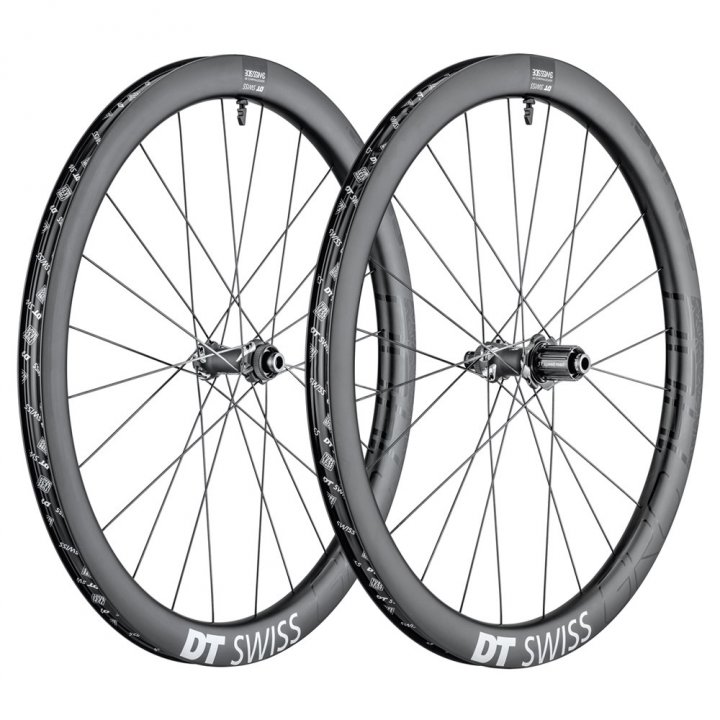
Best 700c Gravel Bike Wheels
- Zipp 303 Firecrest Carbon Tubeless Wheelset
- Features: Offers an optimal blend of aerodynamics, durability, and lightweight design suited for fast-paced gravel riding and racing. The wide rim profile is ideal for wider gravel tires, enhancing stability and traction on mixed surfaces.
- DT Swiss GRC 1400 Spline 42
- Features: Definitely our top-ranked wheelset, combines lightweight construction with a robust design, ensuring efficient power transfer and durability across varied gravel terrain. The 42mm rim depth strikes a balance between aerodynamics and handling in crosswinds.
- Mavic Allroad Elite UST
- Features: Focuses on versatility and reliability, with a UST tubeless setup for reduced flats and improved ride quality. The Allroad Elite is a great all-rounder that excels in both performance and comfort on long gravel adventures.
Best 650b Gravel Bike Wheels
- ENVE G23 Carbon Wheelset
- Features: Engineered for rugged off-road performance, the G23 offers an unmatched strength-to-weight ratio and a wide rim design to support wider tires for increased comfort and control on technical trails.
- Hunt 650B Adventure Carbon Disc Wheelset
- Features: Delivers a fantastic combination of durability, lightweight, and a wide rim profile designed for adventure biking, bikepacking, and technical gravel riding. The wheels are built to handle heavy loads and rough terrain without compromising on performance.
- Stan’s NoTubes Grail MK3
- Features: Provides an excellent balance between strength, weight, and versatility. Designed for tubeless setups, the Grail MK3 accommodates a wide range of tire widths, making it suitable for everything from fast gravel racing to rugged off-road touring.
Each of these wheelsets stands out for its ability to enhance the gravel biking experience, tailored to the diverse needs of gravel riders. Whether you’re looking for the speed and efficiency of 700c wheels or the comfort and technical terrain prowess of 650b wheels, these options represent the best in class, ready to transform your next gravel adventure.
Final Thoughts
The choice between 700c and 650b wheels for gravel biking is emblematic of the sport’s inherent versatility and personal nature. Each wheel size offers a distinct approach to conquering gravel roads, influenced by your individual preferences, riding style, and the terrain you love to explore. Whether you lean towards the efficiency and speed of 700c wheels or the rugged, adventurous spirit of 650b wheels, the most important factor is finding the setup that resonates with your version of gravel biking joy. Embrace the journey of experimentation, and let your wheels carry you to new gravel grinding heights.
John

FAQ
What size wheels are best for gravel bike?
The best wheel size for a gravel bike depends on your riding preferences and the terrain you plan to tackle. 700c wheels are generally better for faster rolling on smoother, less technical terrain, while 650b wheels are preferred for rougher terrain where the added tire volume can provide more comfort and traction.
What is the difference between a 650b and a 700c?
The difference between 650b and 700c wheels lies in their diameter; 650b wheels have a smaller diameter, allowing for wider tires to be fitted for better off-road capability and comfort, while 700c wheels are larger, offering faster rolling speeds and efficiency on smoother surfaces.
Is 27.5 the same as 650b?
Yes, 27.5-inch wheels are the same as 650b. The two terms are used interchangeably and refer to the same wheel diameter, commonly used in mountain and gravel biking for its versatility and comfort on varied terrains.
Are 29 and 700c the same?
29-inch wheels and 700c wheels are essentially the same diameter but are used in different contexts; 29-inch wheels are typically referred to in the context of mountain biking and are built to accommodate wider tires, whereas 700c wheels are associated with road and gravel biking, designed for narrower tires. The difference is more in the tire widths they are designed to accommodate rather than the wheel diameter itself.
